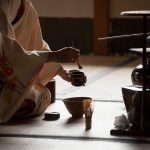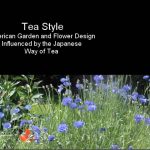In winter a Camellia is the preferred flower in the tearoom. It blooms from October through April. Each flower may last for several days but only the bud is used with a deciduous branch from a shrub or tree such as Viburnam or Fothergilla.
The structure of the branch is what is most appreciated. During a tea gathering, which can last four hours, the Camellia bud will slowly open.
– excerpt A Tea Garden in Tivoli
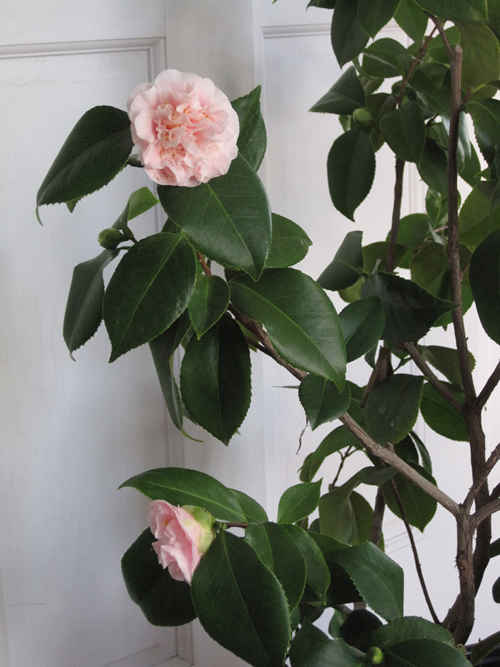
Camellias are native to China and Japan. They grow well in moist mild winter areas.
Here in Zone 5, I overwinter potted Camellias in a cold room of my house
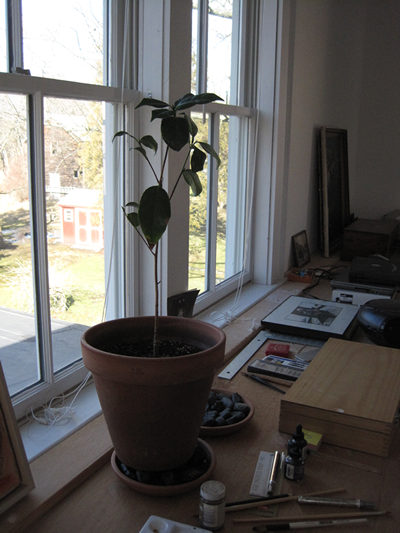
This Camellia is called Shiro Wabisuke which I ordered
from Nuccio”s Nurseries
www.nucciosnurseries.com
It will have small, single white blossoms.
There are over 250 species of Camellias. The most widely grown are the Camellia Japonica. In the United States , Camellias grow well in moist, mild winter areas like the South, California, and the Pacific Northwest.
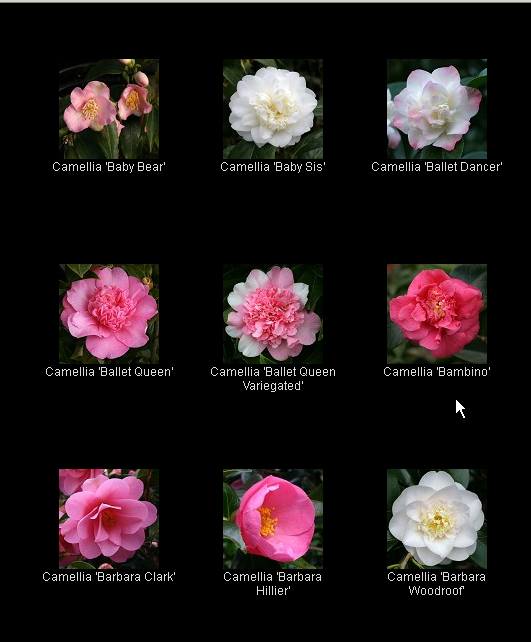
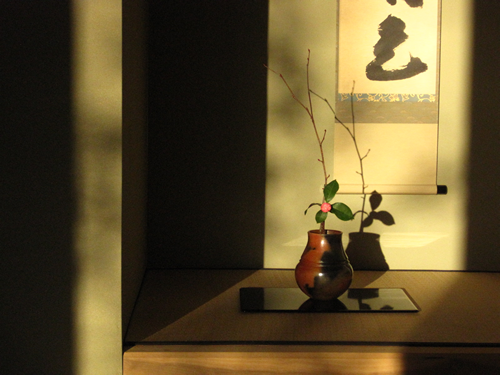
Camellia Japonica with a branch of Arrowood Viburnam.
The vase is a Native American Navajo pot.
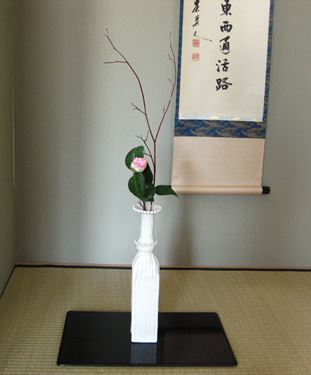
Camellia called Akebono “Dawn”. The vase is by the American potter Frances Palmer.
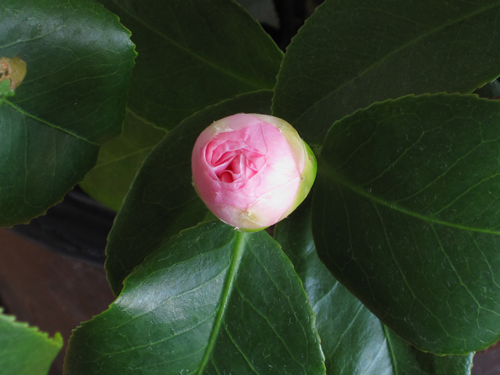
While the flowers are very beautiful, only the bud is used in Tea.
It will slowly open during the tea gathering.
Links:
Nuccio”s Nursery
Frances Palmer Pottery
It”s almost February and today it”s snowing. I”m starting to put together my spring wish list.
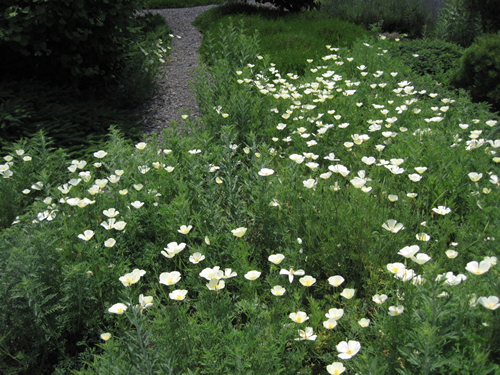
California poppies – butter cream color
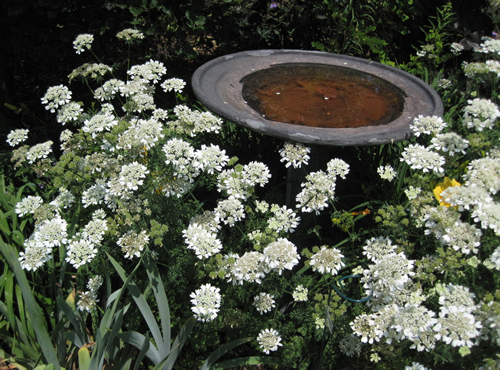
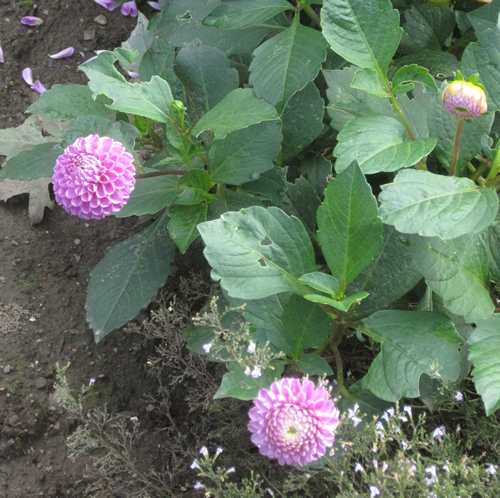
A tiny pom pom Dahlia. Franz Kafka.
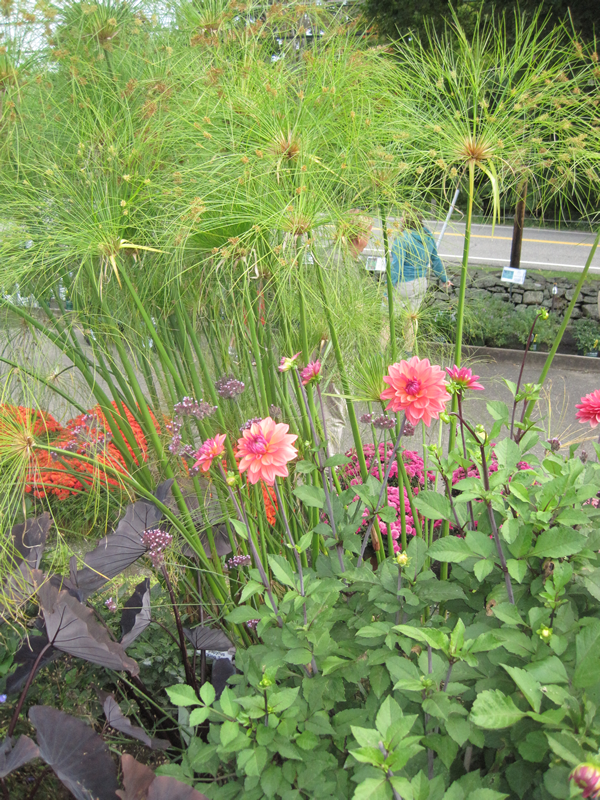
Dahlia “American Dawn” and Papyrus – an annual grass here in Zone 5.
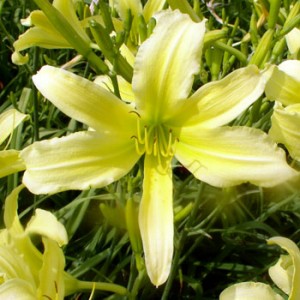 Oh joy, oh rapture
Oh joy, oh rapture
This is the name of a lily I planted a couple of years ago. I thought the name was kind of arbitrary and wonderfully poetic. I didn’t get it until tonight in late July when I walked out into the night, my garden illuminated only by the full moon. I was overwhelmed with the perfume from these flowers which did give rise to joy and rapture or gratitude – no kidding. I had no idea…
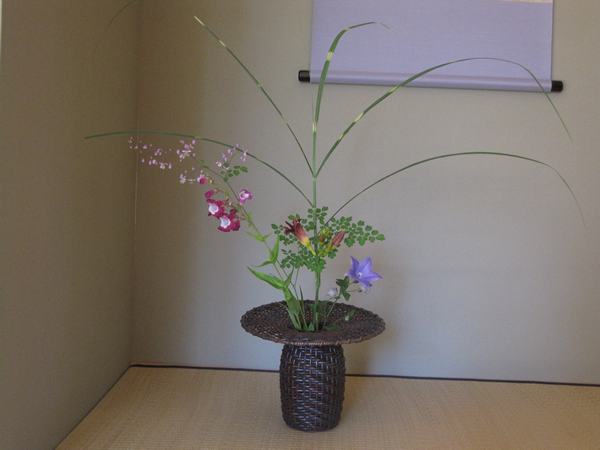
The basket is in the shape of an upside down Korean gentleman”s hat.
The flowers: the first lily of the season, a Penstemon, my favorite Chinese Meadowrue, a Balloon flower and a Miscanthus grass.
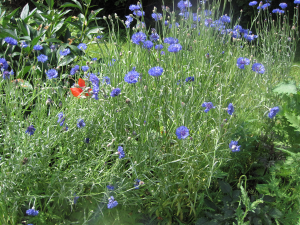
A drift of Bachelor Buttons
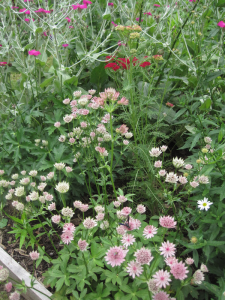
Astrantia
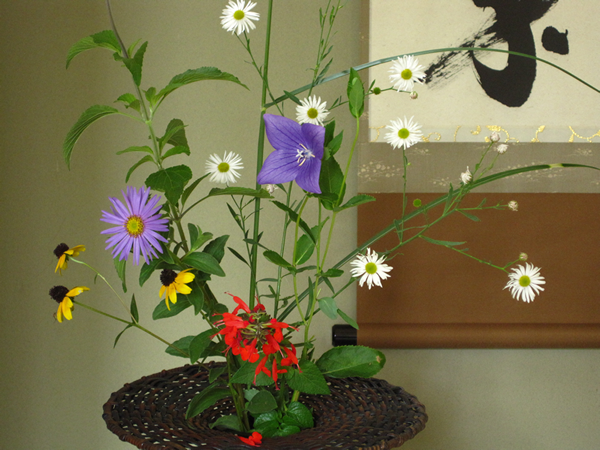
The Tea Ceremony as we know it today was created in 16th century Japan by the Tea master Rikyu. The flowers in the tea room are placed according to his insight and reveal an aesthetic of simple restraint. He said “To arrange flowers is to express the life of flowers.”
Each flower is enjoyed for its distinct color, shape, size and seasonal bloom. Equally appreciated are the vases that hold the flowers. They”re varied: rough pottery for use in winter, baskets in all shapes and sizes for summer, smooth bronze and blue and white porcelain for formal occasions. The flowers and vases have stories to tell, and in the tea room they are talked about and admired.
excerpt – A Tea Garden in Tivoli


















